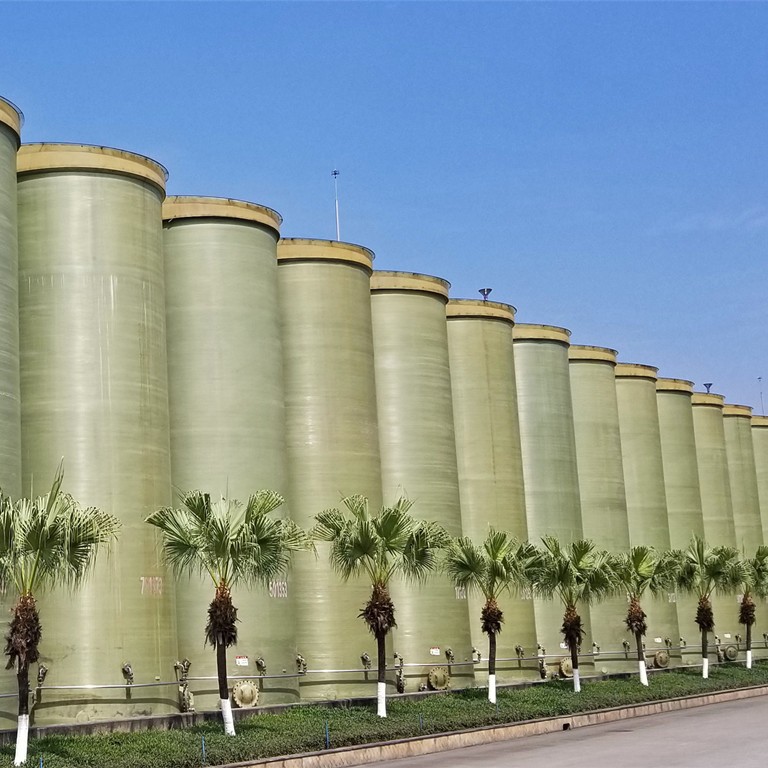
-
 Afrikaans
Afrikaans -
 Albanian
Albanian -
 Amharic
Amharic -
 Arabic
Arabic -
 Armenian
Armenian -
 Azerbaijani
Azerbaijani -
 Basque
Basque -
 Belarusian
Belarusian -
 Bengali
Bengali -
 Bosnian
Bosnian -
 Bulgarian
Bulgarian -
 Catalan
Catalan -
 Cebuano
Cebuano -
 China
China -
 China (Taiwan)
China (Taiwan) -
 Corsican
Corsican -
 Croatian
Croatian -
 Czech
Czech -
 Danish
Danish -
 Dutch
Dutch -
 English
English -
 Esperanto
Esperanto -
 Estonian
Estonian -
 Finnish
Finnish -
 French
French -
 Frisian
Frisian -
 Galician
Galician -
 Georgian
Georgian -
 German
German -
 Greek
Greek -
 Gujarati
Gujarati -
 Haitian Creole
Haitian Creole -
 hausa
hausa -
 hawaiian
hawaiian -
 Hebrew
Hebrew -
 Hindi
Hindi -
 Miao
Miao -
 Hungarian
Hungarian -
 Icelandic
Icelandic -
 igbo
igbo -
 Indonesian
Indonesian -
 irish
irish -
 Italian
Italian -
 Japanese
Japanese -
 Javanese
Javanese -
 Kannada
Kannada -
 kazakh
kazakh -
 Khmer
Khmer -
 Rwandese
Rwandese -
 Korean
Korean -
 Kurdish
Kurdish -
 Kyrgyz
Kyrgyz -
 Lao
Lao -
 Latin
Latin -
 Latvian
Latvian -
 Lithuanian
Lithuanian -
 Luxembourgish
Luxembourgish -
 Macedonian
Macedonian -
 Malgashi
Malgashi -
 Malay
Malay -
 Malayalam
Malayalam -
 Maltese
Maltese -
 Maori
Maori -
 Marathi
Marathi -
 Mongolian
Mongolian -
 Myanmar
Myanmar -
 Nepali
Nepali -
 Norwegian
Norwegian -
 Norwegian
Norwegian -
 Occitan
Occitan -
 Pashto
Pashto -
 Persian
Persian -
 Polish
Polish -
 Portuguese
Portuguese -
 Punjabi
Punjabi -
 Romanian
Romanian -
 Russian
Russian -
 Samoan
Samoan -
 Scottish Gaelic
Scottish Gaelic -
 Serbian
Serbian -
 Sesotho
Sesotho -
 Shona
Shona -
 Sindhi
Sindhi -
 Sinhala
Sinhala -
 Slovak
Slovak -
 Slovenian
Slovenian -
 Somali
Somali -
 Spanish
Spanish -
 Sundanese
Sundanese -
 Swahili
Swahili -
 Swedish
Swedish -
 Tagalog
Tagalog -
 Tajik
Tajik -
 Tamil
Tamil -
 Tatar
Tatar -
 Telugu
Telugu -
 Thai
Thai -
 Turkish
Turkish -
 Turkmen
Turkmen -
 Ukrainian
Ukrainian -
 Urdu
Urdu -
 Uighur
Uighur -
 Uzbek
Uzbek -
 Vietnamese
Vietnamese -
 Welsh
Welsh -
 Bantu
Bantu -
 Yiddish
Yiddish -
 Yoruba
Yoruba -
 Zulu
Zulu
grp flange
Understanding GRP Flanges A Comprehensive Overview
Glass Reinforced Plastic (GRP) flanges have gained significant popularity in various industries due to their unique properties and versatile applications. These flanges, made from a composite material that consists of polymer resin reinforced with glass fibers, offer a lightweight, strong, and corrosion-resistant alternative to traditional metal flanges.
Understanding GRP Flanges A Comprehensive Overview
Another significant factor contributing to the popularity of GRP flanges is their lightweight nature. Weighing substantially less than their metal counterparts, GRP flanges are easier to handle and install. This can result in reduced labor costs and lower transportation expenses. The ease of installation is particularly beneficial in complex piping systems, where reducing overall weight can facilitate design flexibility and enhance system performance.
grp flange

GRP flanges also exhibit excellent thermal insulation properties. This characteristic minimizes thermal bridging, effectively reducing energy losses in systems where temperature control is essential. Applications in insulation-intensive industries, such as oil and gas or power generation, benefit from the thermal efficiency offered by GRP materials.
Moreover, the versatility of GRP flanges extends to customization options, allowing manufacturers to produce flanges in various sizes, shapes, and configurations. This adaptability ensures compatibility with a wide range of piping systems, making GRP flanges a go-to choice for engineers and designers looking for tailored solutions to meet specific project needs.
Sustainability is another critical aspect of GRP flanges. With growing environmental consciousness, the use of composite materials that can often be recycled or repurposed aligns with industry efforts to reduce environmental footprints. As technology advances, the production processes for GRP materials also evolve, promoting even more sustainable practices.
In conclusion, GRP flanges represent a significant advancement in flange technology, combining strength, lightweight design, corrosion resistance, and thermal efficiency. Their multifaceted benefits make them suitable for a wide array of applications across different industries. As businesses continue to seek innovative and cost-effective solutions, GRP flanges are poised to play an increasingly vital role in modern engineering and infrastructure development.
Latest news
-
Exploring the Benefits of Top Hammer Drifter Rods for Enhanced Drilling PerformanceNewsJun.10,2025
-
High-Precision Fiberglass Winding Machine for GRP/FRP Pipe Production – Reliable & Efficient SolutionsNewsJun.10,2025
-
FRP Pipes & Fittings for Shipbuilding - Corrosion-Resistant & LightweightNewsJun.09,2025
-
Premium FRP Flooring Solutions Durable & Slip-ResistantNewsJun.09,2025
-
Premium Fiberglass Rectangular Tanks Durable & Lightweight SolutionNewsJun.09,2025
-
Tapered Drill String Design Guide Durable Performance & UsesNewsJun.09,2025









